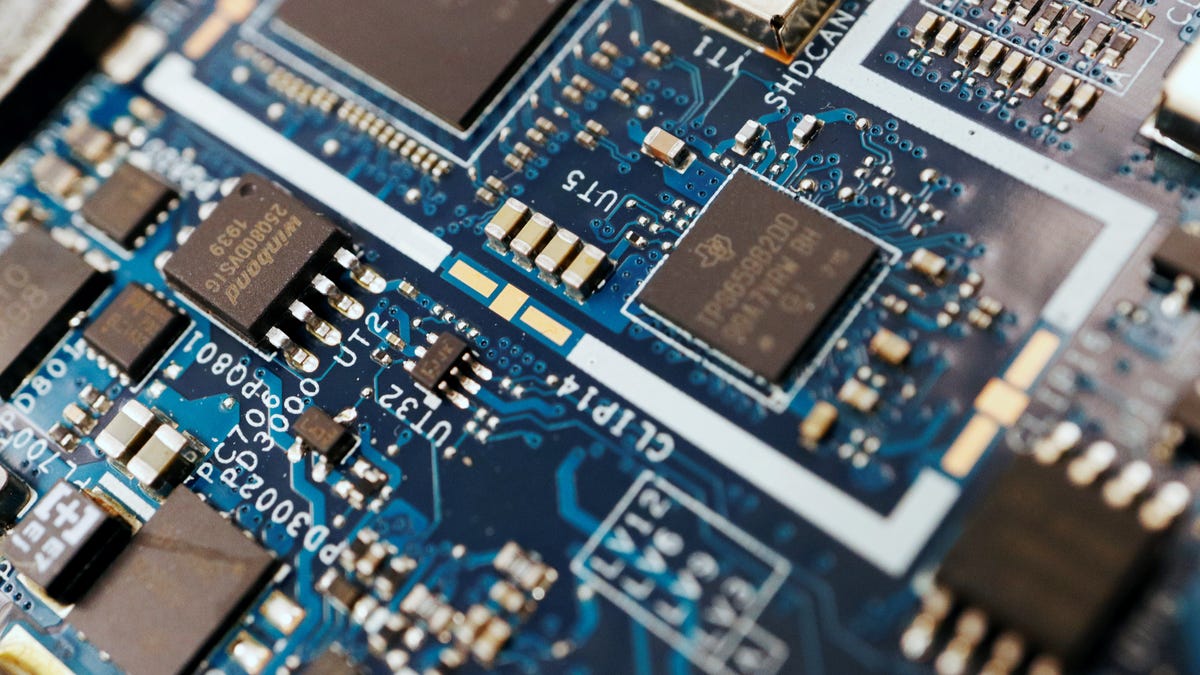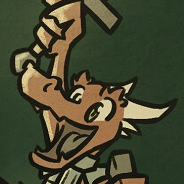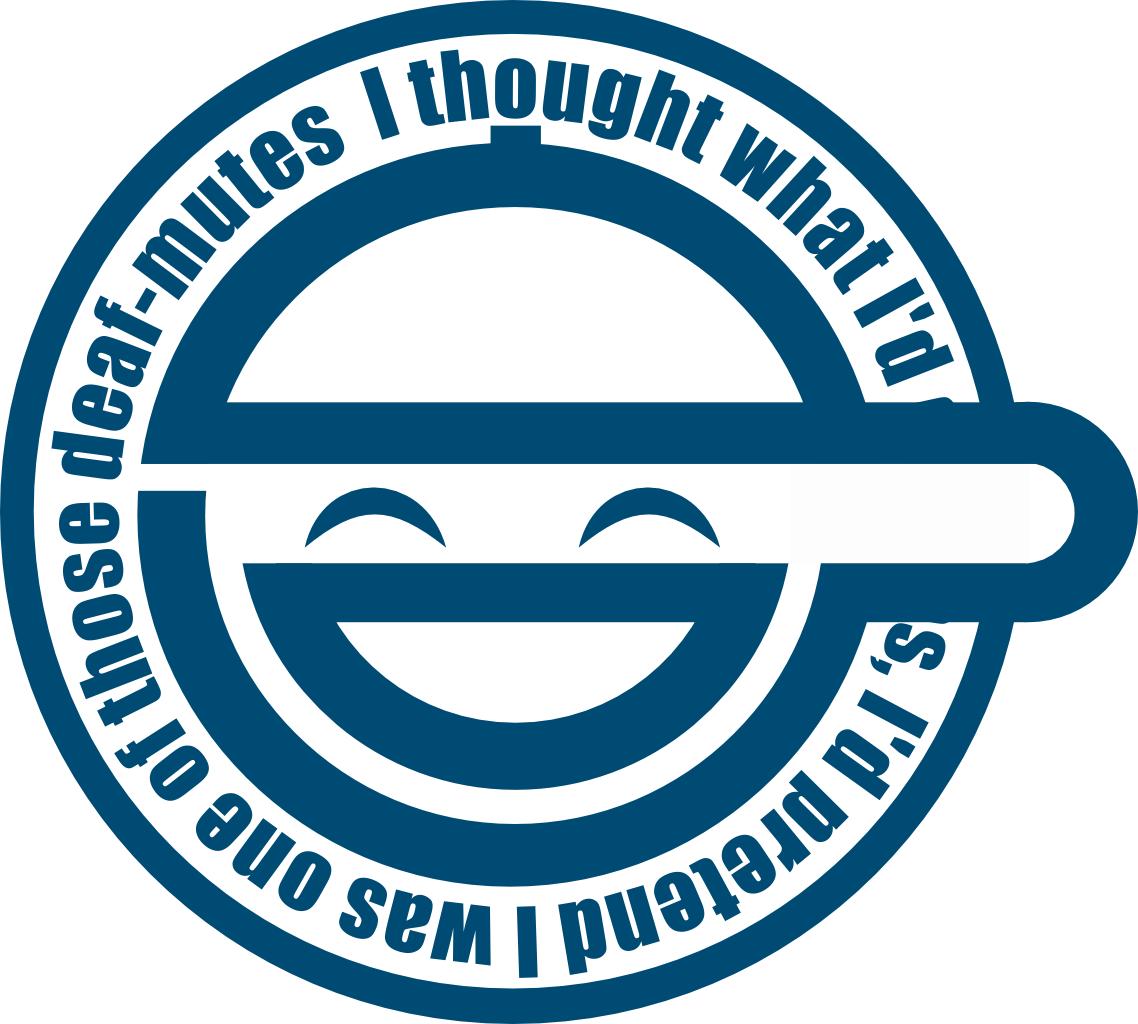Researchers claim that was 1,000 times faster than what it takes humans to design a CPU
So, essentially, a computer can do a repetitive, algorithmic (laying out the transistors, etc.), verifiable (simulate it and see if it is working as expected) task faster than a human… as computers have been designed to do since the beginning… Also, it designed a i486-level CPU (with a RISC instruction set, so exactly what are we really comparing?). That’s peanuts, nowadays, and it would not seriously hit issues like heat dissipation, synchronization, or even laying out the pathways due to quantum effects for low nanometer scale and high clock speed CPUs of today, and that impose serious constraints on CPU design. A whole different game.
It is still interesting, but I am getting a bit tired of the “AI scaremongering, humans are obsolete” headlines.
I think it’s more like a 4 year old coming up to you and saying “Look what I drew!”, and it’s a picture of your family except you’re all stick people standing in front of a disproportionately small house with big smiles on their faces, which is obviously wholly unrealistic because you never smile anymore, but you don’t compare it to Rembrandt, you say “Good job, sweetie!” and you put it on the fridge. If you encourage them to make more art and improve over the next, whatever, 10, 15, 20 years, maybe they will be able to paint something rivaling a Rembrandt, one day.
I love your metaphor! It is exactly that, only people look at the stick figures and wonder if they can just fire the guy doing the family portrait because “even a child can do it”…
And people lose their minds and tell the people doing family portraits that they’re going to lose their jobs to kids. Which in some cases may be true, and some companies have even tried to replace their workers with kids, but in most cases it doesn’t work well because even though the kids watched some YouTube videos about how to do the job, they don’t really have the real-world context or experience to do it well.
Ok but what if instead of being one kid and a drawing, it’s a species observed learning a new skills and we realize that species is feverishly learning all sorts of new skills? Most of those new skills are at a kindergarten level but a year ago they couldn’t do any of this?
How fast are they learning new skills? How fast are they improving at the skills they’ve learned? What’s the upper limit of their skill and expertise potential? What can’t they do ever vs what can’t they do now?
The kid with the stick figure drawing is almost certainly not the next Rembrandt. They have to eventually pick a lane.
AI is being deliberately trained with truckloads of R&D capital to learn new skills, as many as possible, and rush to supremacy in each of them.
Are you doing okay?
I hate that they don’t link the sources, you just get some lightweight blurb. For those wanting to dig in more: Pushing the Limits of Machine Design Automated CPU Design with AI
deleted by creator







